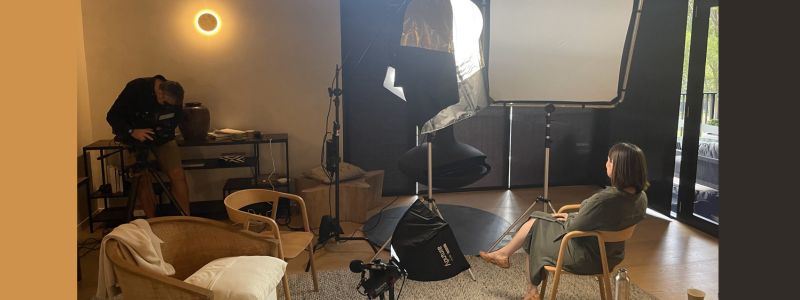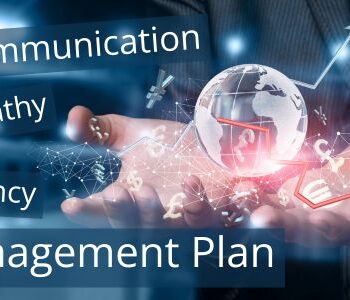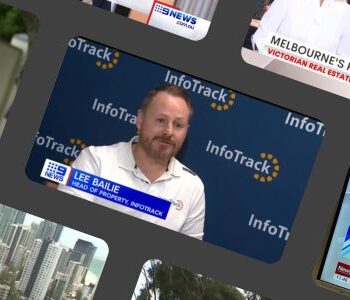Media Training: How to control a media interview
CEOs, business leaders, managers, and spokespeople are the face of a company or organisation.
When facing the media, you have a limited amount of time to make a good first impression, so having a clear strategy on how you present and represent your brand is key.
Media training through an experienced PR company can help you master media interviews across TV, radio, online, and print.

Why do media training?
The skills and techniques learnt in media training can assist in influencing the flow of an interview, refining key messaging, and in landing important points while appearing calm and confident even when the pressure is on.
For any spokesperson, it is important to learn how to redirect questions and master bridging techniques as needed. Avoiding industry jargon and using pause for maximum impact are also important tools to perform well in an interview.
The quality of your vocal delivery and how you dress are also factors that boost your confidence and sense of control in a media interview.
Key Messaging
A press conference is typically held when a company wants to communicate an important corporate milestone, event, product launch, or results to the public. It can also occur if a crisis hits and you are required to respond publicly.
Prior to facing the media, it is vital to take time to refine and practise the key points you want to communicate. TV and radio journalists will use a “grab” that is often no longer than 15 seconds, so nailing your message in one short paragraph is a useful skill.
When facing the media, it is also important to fully understand your organisation’s brand values so they can be organically woven into a media interview, if the opportunity arises. Guiding principles like integrity, collaboration, and sustainability are examples of brand values that can underline your message and add gravitas in any media interview.
Bridging technique
One way of staying in control during a media interview is to use “bridging” techniques when confronted with a question that you don’t want to answer, or you can’t answer for any reason.
Use key phrases like “Let me put that into perspective…”, or “What I can tell you is…” or “Thanks for the question but keep in mind….”. These act as transitions and re-directions towards “safer” topics where you can repeat your key messaging and influence the conversation.
Bridging techniques are important to use, to avoid appearing evasive or hostile. To say “no comment” to a journalist is never an option as it can make you look guilty, untrustworthy, and like you have something to hide. Saying “no comment” is also a missed opportunity as it allows someone else to tell your story.
Vocal delivery
A strong, clear voice with excellent projection and diction, works to enhance your message and sense of mastery in an interview situation.
Take the time to make sure you are breathing properly – draw deep, slow breaths from your lower diaphragm and avoid shallow breathing from the chest. Any restricted airflow will force your voice to sound high and “pitchy”, so learning how to boost your vocal power is worth the effort.
Slow breathing and pausing before you start speaking will also help you calm your nerves, which in turn will help you feel in control.
What to wear
Dress right for a media interview so that your appearance enhances your message.
Block colours and a well-cut classic suit are best. Avoid stripes, busy patterns, and large or jangling jewellery, as they can be distracting and noisy.
Colours are also important. Blue can often come across as strong, authoritative, and powerful. Red can read as assertive and commanding, while green can project an image of peace and serenity.
Choose an outfit that makes you feel polished and professional, and it will go a long way to helping you feel ready to manage your media moment.
Crisis Management
In times of crisis, it is vital to respond quickly and being media trained gives you the confidence to do just that. Media training helps you to be media ready as well as crisis ready. Coaching sessions allow you to practise your key messaging in a private setting so you are ready if you are required to hold media interviews or press conferences for real.
Media Training in a working TV studio or boardroom
Adoni Media has Australia’s most experienced media training team who can help you master your next interview, so you feel in control.
We work with you to identify your strengths and weaknesses, craft key messaging, and practise real-life interview scenarios in front of a full-sized TV camera. Adoni Media has access to working TV studios in Sydney and Brisbane, but our team is also available to come to your boardroom to lead a media training session on site. For a confidential discussion on your media training options, reach out to us.


